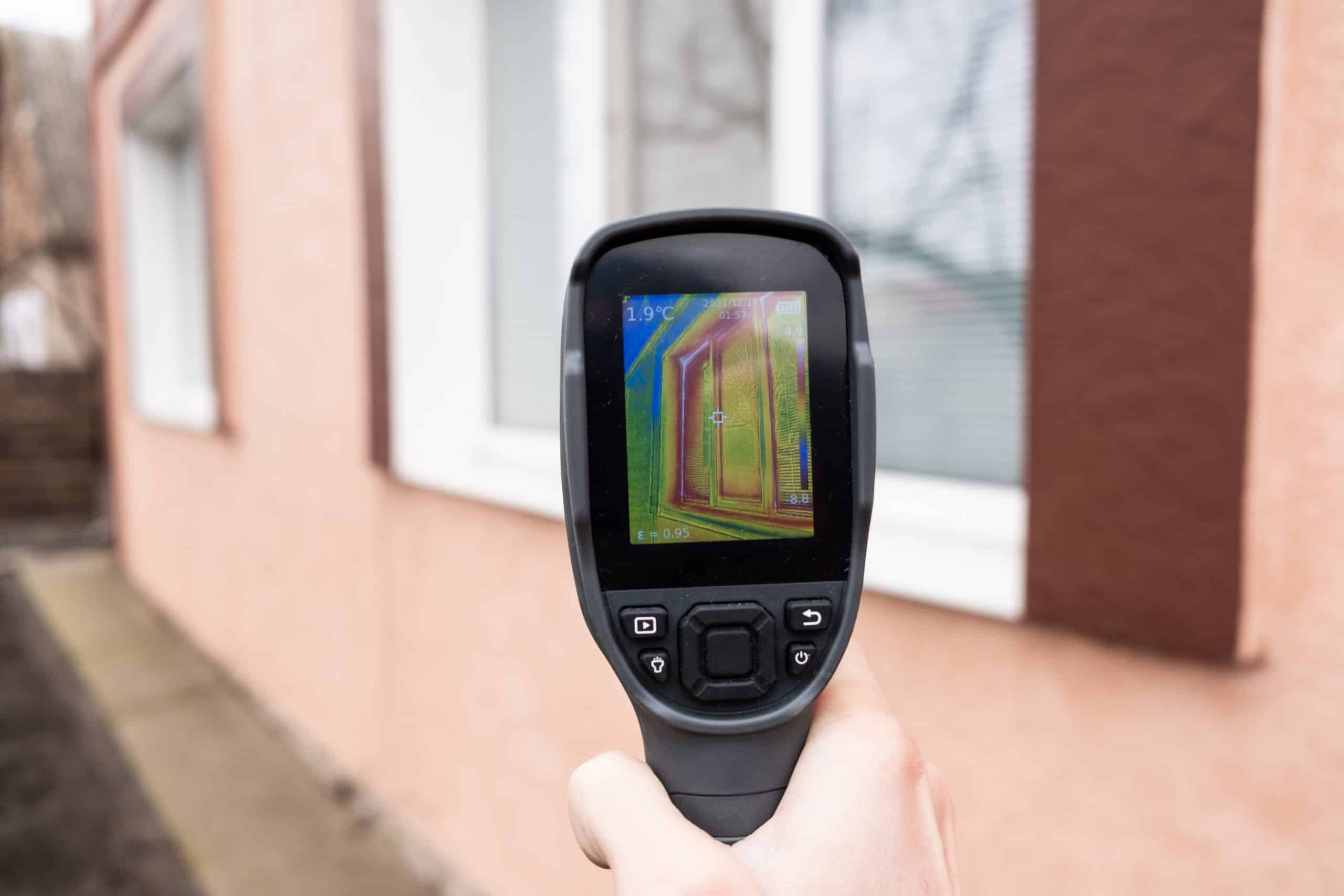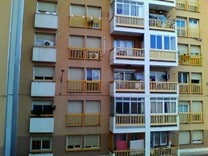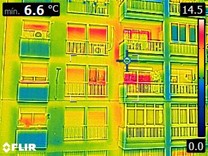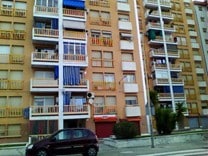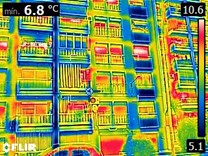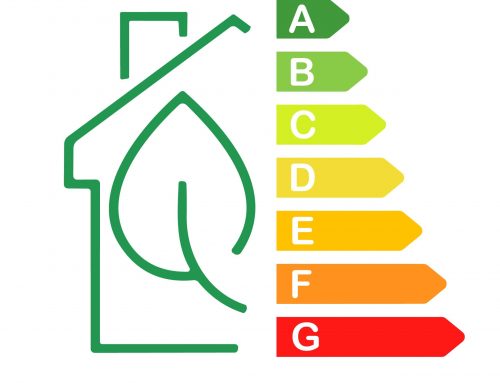Thermography has become one of the most powerful tools for understanding what is really happening inside a building. At first glance we can see cracks, leaks or deteriorated finishes, but there are issues that can only be detected with infrared technology.
Using a thermal imaging camera, it is possible to visualise how heat moves through the building envelope, detect critical points and analyse the building’s energy performance without any invasive intervention.
What problems can be detected?
- Heat losses in façades and roofs.
- Thermal bridges that increase energy consumption.
- Hidden moisture not visible to the naked eye.
- Air infiltration through windows and enclosures.
- Overheating in electrical installations.
- Loss of uniformity in underfloor heating systems.
All this without removing a single brick.
How are these anomalies detected?
Detection is carried out using infrared thermal cameras capable of measuring the thermal radiation emitted by materials. Each surface has a different temperature depending on how it behaves regarding heat loss or accumulation, resulting in a thermal image with colours representing temperature differences.
The process is simple but highly accurate:
- Thermal contrast is create: The camera requires a sufficient temperature difference between indoor and outdoor environments. The higher the contrast, the clearer the anomalies.
- Images are captured in key areas: Façades, roofs, windows, structural junctions, air chambers, installations, suspended ceilings… Both cold spots and hot spots are analysed.
- Interpretation of thermal patterns:
- Colder areas: possible moisture, air infiltration or lack of insulation.
- Hotter areas: thermal bridges, energy loss or overheating.
- Irregular shapes: insulation discontinuities or air leaks.
- Comparison with the actual condition of the building: Both visible and thermal images are analysed to confirm which areas show abnormal thermal behaviour.
The final result is an energy X-ray of the building, revealing what the eye cannot see and helping to prioritise interventions wisely.
Why is it important for homeowners and communities?
Because it helps:
- Reduce energy bills.
- Prioritise maintenance interventions.
- Prevent future issues such as damp or condensation.
- Assess the real condition of the building before refurbishment.
- Improve indoor comfort.
It is a highly useful tool for homeowners, communities, technicians, administrators and companies.
A properly insulated building should appear in bluish or greenish tones.
The areas with the greatest energy loss are typically windows, façade–slab junctions, embedded columns, shutter boxes, etc.
When is the best time to carry it out?
The best period is autumn–winter, when there is sufficient temperature difference between the inside and the outside. However, with the right conditions, it can be done at any time of year.
Would you like a thermographic inspection for your building?
We offer this service with professional quality and a detailed report. If you would like more information or a quote, contact us.


